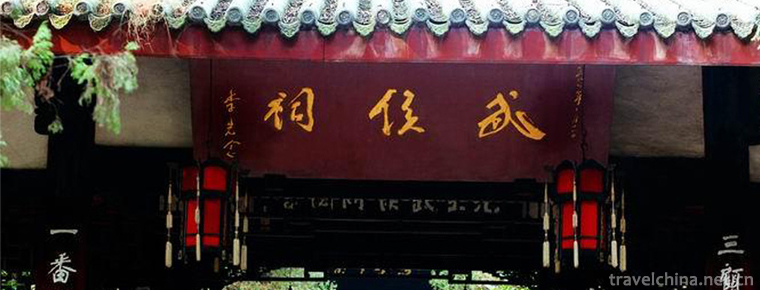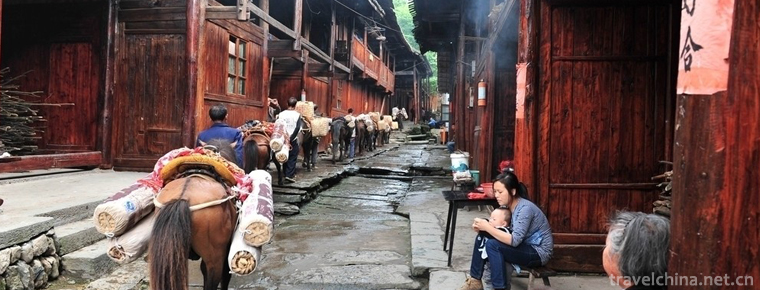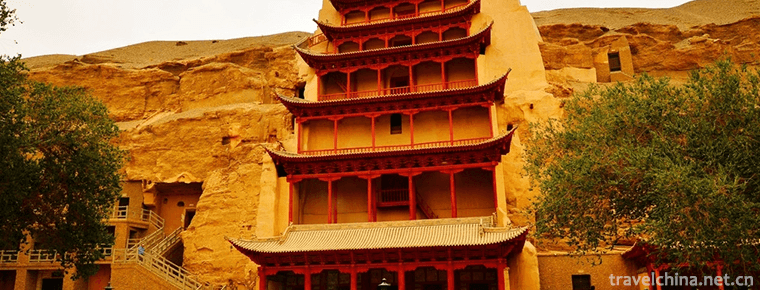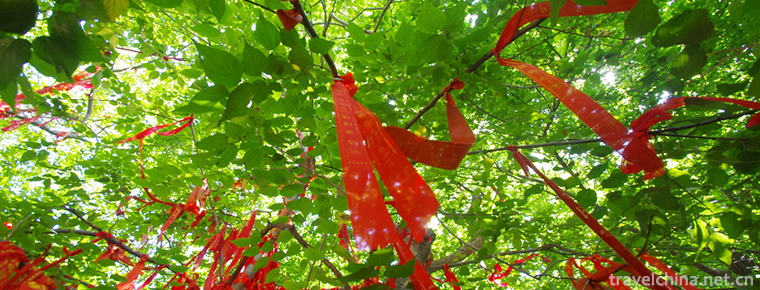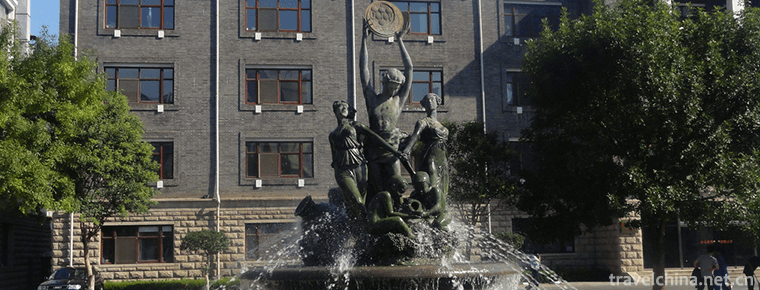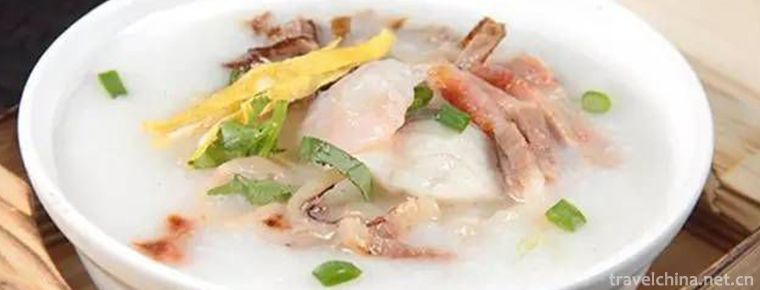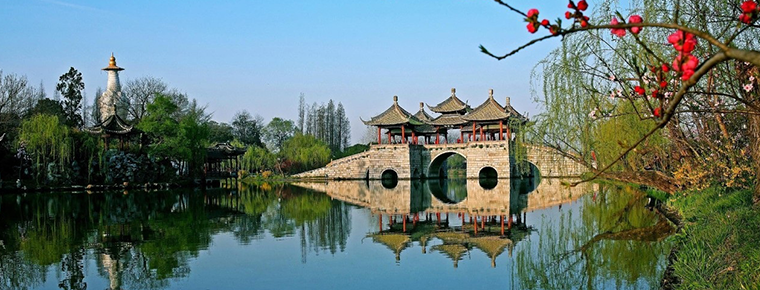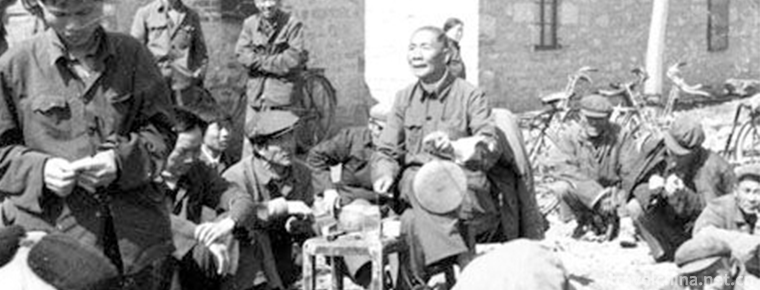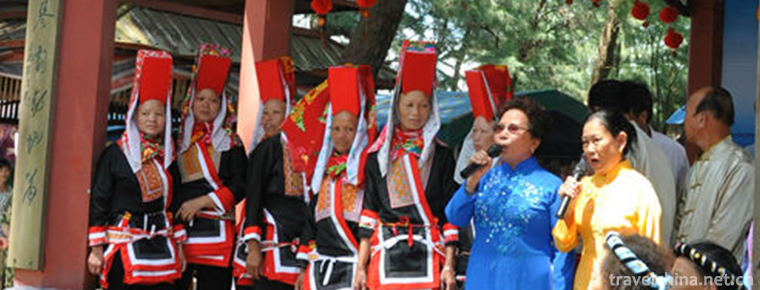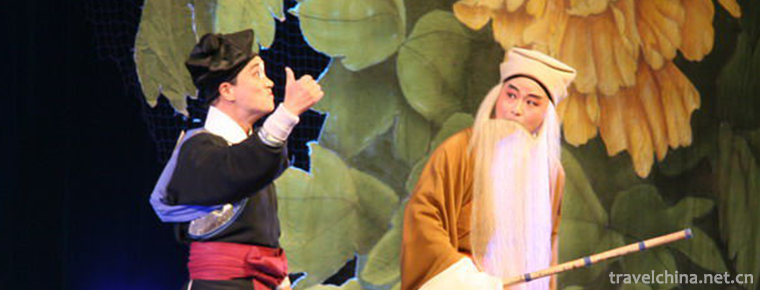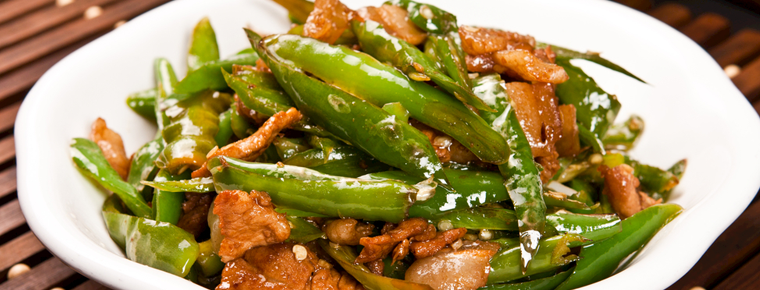Hancheng Yangko
Hancheng Yangko
Hancheng Yangko, commonly known as "singing Yangko", is a form of singing that integrates folk songs, rap and dance, and derives from traditional opera, and has a rudimentary form of traditional opera. It belongs to the form of "Xiao Pai Opera" which is popular among Chinese people in Shaanxi Province. It belongs to the Yangko Xiao Dance performed by two or three actors, such as "Weihua Yangko" and "Luochuan Yangko".
Hancheng Yangko is mostly composed of once ugly (no more than three roles) to perform a story, a singing of characters or a small play. More than the 15th night of the first lunar month in the village square, paving mats for the stage, commonly known as the "floor stall". Seven or eight pairs of Yangko singers were invited to perform one after another to celebrate the festival and harvest. The repertoire is very rich, the subject matter is extensive, involves in a wide range.
On June 7, 2008, Hancheng Yangko declared by Hancheng City of Shaanxi Province was listed in the second batch of national intangible cultural heritage list with the approval of the State Council.
Heritage serial number: 783V-90.
historical origin
Hancheng Yangko has three origins. One is from the court of the late Tang Dynasty, such as the superficial paragraph in Yangge "Pair of Colorful Buildings", "Fifteenth Jun Folk Music in the First Moon, the invention of Yangge in the Tang Dynasty, the son of heaven plays ugly tricks well, the empress of the right palace holds her head". This is a folk tale, which has no history to refer to. Another is from Wu Xilin, a famous scholar of Qing Dynasty, who wrote New Year's Chants. Among them, Yangko evolved from the "village music" of the Song Dynasty. Yangko is the song of transplanting rice. Again, it comes from Song and Yuan Zaju. From the perspective of music development and performance procedure, Hancheng Yangko is obviously influenced by Song and Yuan Zaju. When Hancheng Yangko performs, it sings but does not dance, while dancing does not. When playing percussion accompaniment, don't knock when singing, don't sing when knocking. Its singing music belongs to the combination of music cards, which is quite similar to the divertimento of "Zhugong Tune". From the appellation of "ugly" and "Baotou", it is not difficult to see that from music to performance, the embryonic form of Song and Yuan Zaju can be found in Hancheng Yangko.
Hancheng Yangko entered its heyday from 1875 to 1908 (during the reign of Guangxu in the Qing Dynasty). In 1876, Han Minqing, a Yangko artist from Hancheng, led the Yangko troupe to Beijing and was recruited by Empress Dowager Cixi to perform in the palace. From then on, there was a "Yangko coach" specially teaching and performing Yangko in the palace. In 1899 (Guangxu 25 years), in order to receive Zhang Qihua, an imperial official sent by the Qing Dynasty, Ji Guanying of Zhixian County of Hancheng held a performance of Hancheng Yangko Congress, with an unprecedented magnificence. The performance lasted ten days from March 3rd. 150 artists performed on the stage, showing the charming charm and exquisite art of Hancheng Yangko. These two performances have become two major events in the development history of Hancheng Yangko. Detailed
Hancheng Yangko has absorbed a lot of nutrition from Southern Yangko minor and Qin Opera, Pu Opera and Meihu Opera, and more than 100 Yangko Red Artists have emerged.
In the 1940s, Hancheng Yangko began to decline. By the 1950s and 1960s, Hancheng Yangko performances were rare.
After liberation, Hancheng Yangko was excavated and injected with new vitality by literary and artistic workers in provinces, prefectures and cities, and a number of new forms and contents of Hancheng Yangko operas were created, which also made Hancheng Yangko very popular for a time. Later, Hancheng Culture and Sports Bureau and Culture Museum paid attention to the protection and development of Hancheng Yangko. Hancheng Yangko Opera Selection and Hancheng Yangko, which introduced Hancheng Yangko Opera and music, were published respectively, and the repertoire and music of Hancheng Yangko were collected and sorted out extensively. In 1998, he organized a special performance of Yangge in Hancheng. Hancheng Yangko program has participated in various major performances and competitions for many times, and has received good response.
Inheritance significance
Hancheng Yangko is a very unique art form with strong local flavor. It is not only different from the "twisting Yangge" in northern Shaanxi, but also different from the "jumping Yangge" in Chang'an. Hancheng people call it "singing Yangko", "pairing opera" and "Yangko opera", which are not comprehensive. It is not only like folk songs, like opera, but also like dance, like opera. In fact, it is "four unlikeness", a folk art form that integrates folk songs, dance and rap, and has opera elements. Because of its uniqueness, it also has its unique and very important value.
Hancheng Yangge, which combines speaking, singing and expressing, is the rudiment of the development of Chinese opera from opera to opera in the history of Chinese opera development and the "living fossil" of the study of the development of Chinese opera. It has not only the repertoire of "Saying Yangge" in the form of rap and singing, but also the repertoire of "Performing Stories" in the form of opera, as well as the repertoire of both rap and singing, which is of great significance for discussing the origin and development of Chinese opera.
Hancheng Yangko is totally different from other Yangko in any sense. It combines folk songs, table-telling, dance and opera. It has unique artistic value and is unique in local art forms. Its singing music is beautiful and rich, and it is a treasure house of Chinese folk music art. Many musicians have adapted their tunes into songs.
Inheritance status
Hancheng Municipal Committee, Municipal Government, Municipal Sports Bureau and Cultural Museum have paid great attention to the excavation, rescue, inheritance and promotion of Hancheng Yangko, but many objective factors remain unchangeable. As a folk art form, Hancheng Yangko has its glory. But in the 1920s and 1930s, the rise of Qin Opera, Pu Opera and Meihu made Hancheng Yangko go downhill step by step in the competition. In the 1950s and 1960s, it withdrew from cities and towns, and only in the countryside and mountains did it have its living space. In the 1980s and 1990s, it was almost invisible.
The old artists who sang Yangko died one after another, and the newcomers could not take over. Hancheng Yangko will disappear naturally if it is not saved.
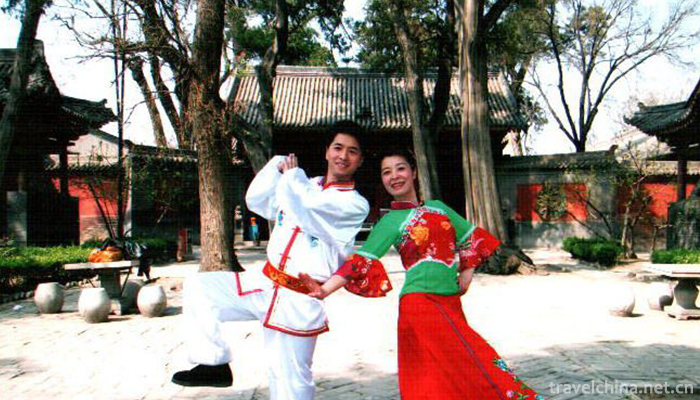
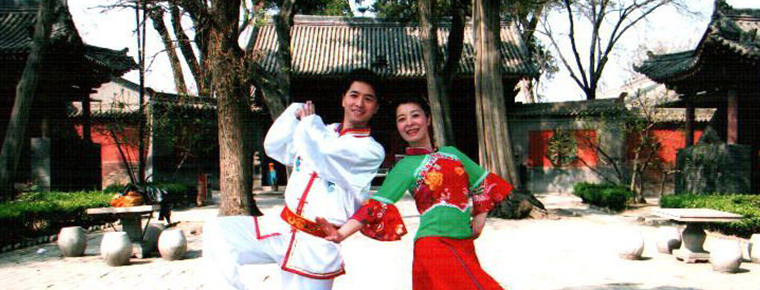
Hancheng Yangko
-
Wuhou Temple in Chengdu
Martial Marquis Memorial Temple,Chegdu city,Sichuan Province
Views: 246 Time 2018-09-29 -
Tea horse ancient road
Tea-horse ancient road refers to the folk international trade
Views: 232 Time 2018-10-17 -
Mogao Grottoes
Mogao Grottoes, commonly known as Thousand Buddha Caves, are located in Dunhuang at the western end of Hexi Corridor. It was built in the pre-Qin period of the Sixteen Kingdoms.
Views: 283 Time 2019-02-07 -
Tsing Tan Temple
Qingdan Temple is located 3.5 kilometers west of Fucheng, Zaozhuang City, in the narrow valley of Chu and Han Mountains. It was built in the Tang Dynasty.
Views: 210 Time 2019-02-07 -
Zhangyu Wine Culture Museum
Zhangyu Liquor Culture Museum is one of the few professional museums in the world wine industry. It is located at the original site of Zhangyu Company, Da Ma Lu, Zhifu District, Yantai City, Shandong
Views: 189 Time 2019-03-17 -
Quail gruel
Ingredients: Quail, 100 grams of Japonica rice, 20 grams of red beans, 3 pieces of ginger, 10 grams of cooking wine, proper amount of salt, monosodium glutamate, pepper and sesame oil.
Views: 299 Time 2019-03-24 -
Landscape Architecture in Yangzhou
Yangzhou gardens began in the Western Han Dynasty, flourished in the Sui and Tang Dynasties, matured in the Song and Ming Dynasties, and flourished in the Qianlong Period of the Qing Dynasty.
Views: 171 Time 2019-04-21 -
Hangzhou Reviews
Hangzhou commentary originated from the Southern Song Dynasty, and has a history of 800 years. It is the most characteristic local traditional folk art in Hangzhou, Zhejiang Province.
Views: 207 Time 2019-05-02 -
Kazakhstan Jing nationality Ha festival
Kazakhstan Festival, also known as "Singing Kazakhstan Festival", the so-called "Kazakhstan" or "Singing Kazakhstan" means singing. It is a traditional festival of the Ji
Views: 138 Time 2019-05-07 -
Xi Opera
Xiju opera, one of the national intangible cultural heritages, is popular along Shanghai and Nanjing, as well as in Hangzhou, Jiahu, Huzhou and urban and rural areas of southern Anhui.
Views: 167 Time 2019-07-01 -
Fried meat with chili
Stir fried meat with chili is a dish made with chili and streaky pork as the main ingredients and soybeans, garlic seeds, soy sauce, oil salt, monosodium glutamate and ginger as auxiliary ingredients.
Views: 230 Time 2020-03-18 -
History of Luzhou
Luzhou was named "Lushui theory" and was called Jiangyang in ancient times. During the reign of Liang Datong in the Southern Dynasty (535-546 A.D.), Luzhou was set up to lead the Yangjun county. Jiangyang County: Jiangyang county (governing today's Jiangyang District),
Views: 381 Time 2020-12-14
